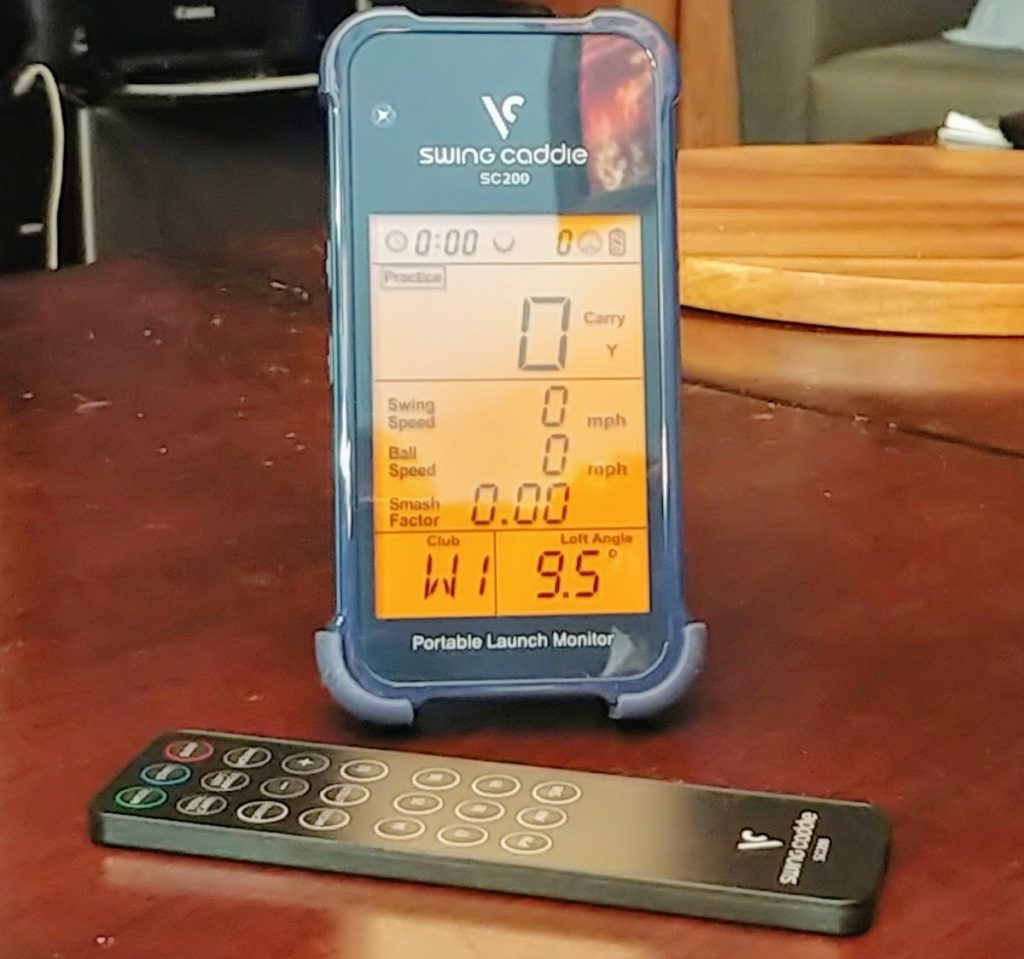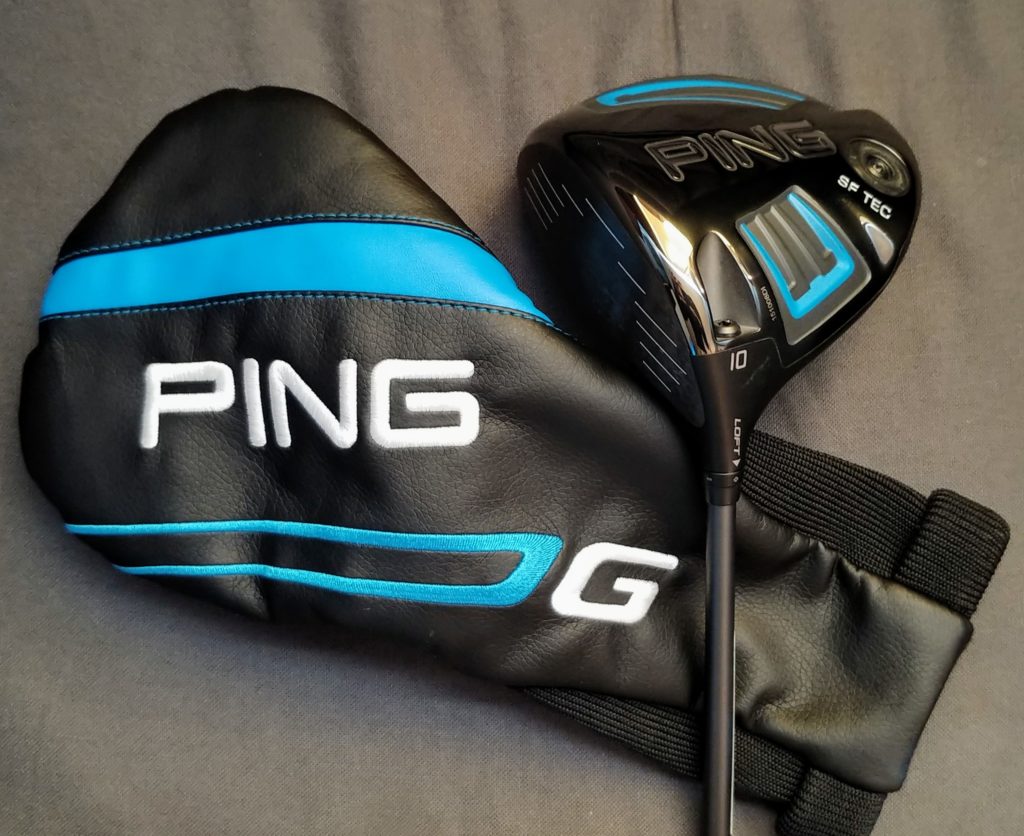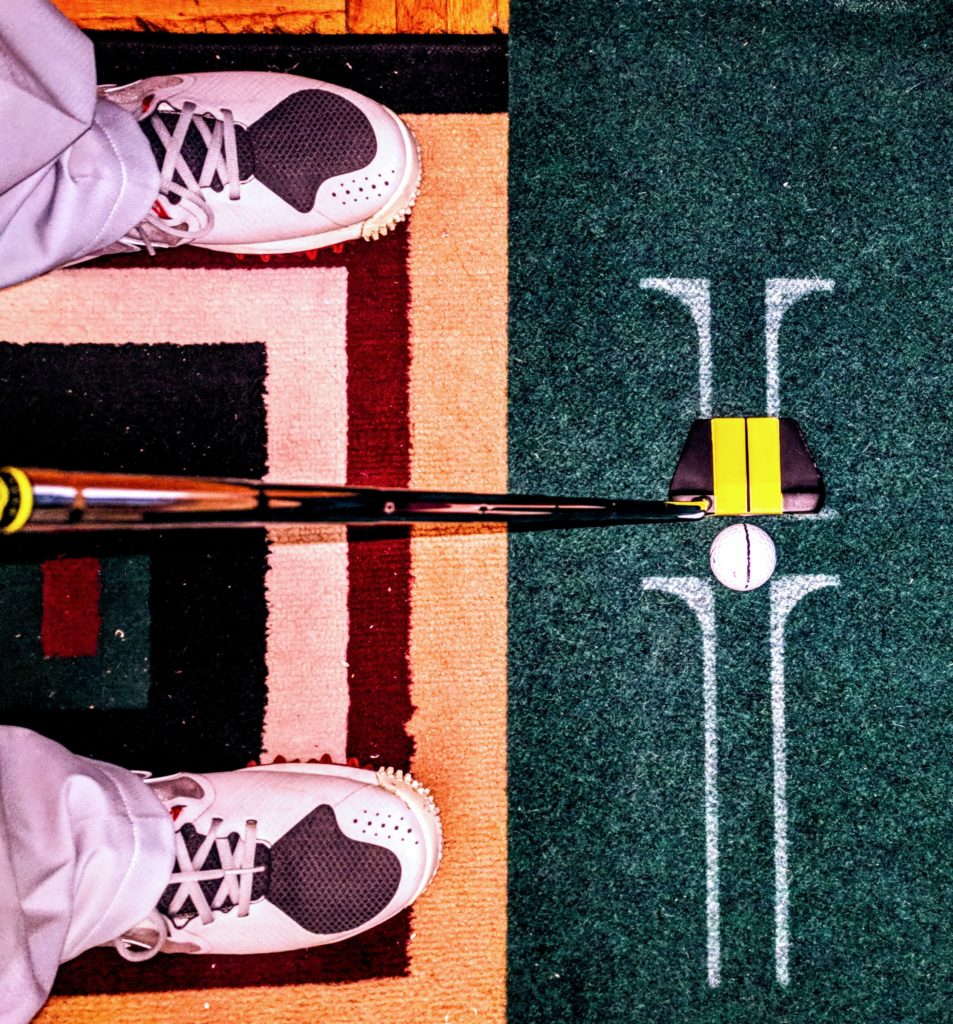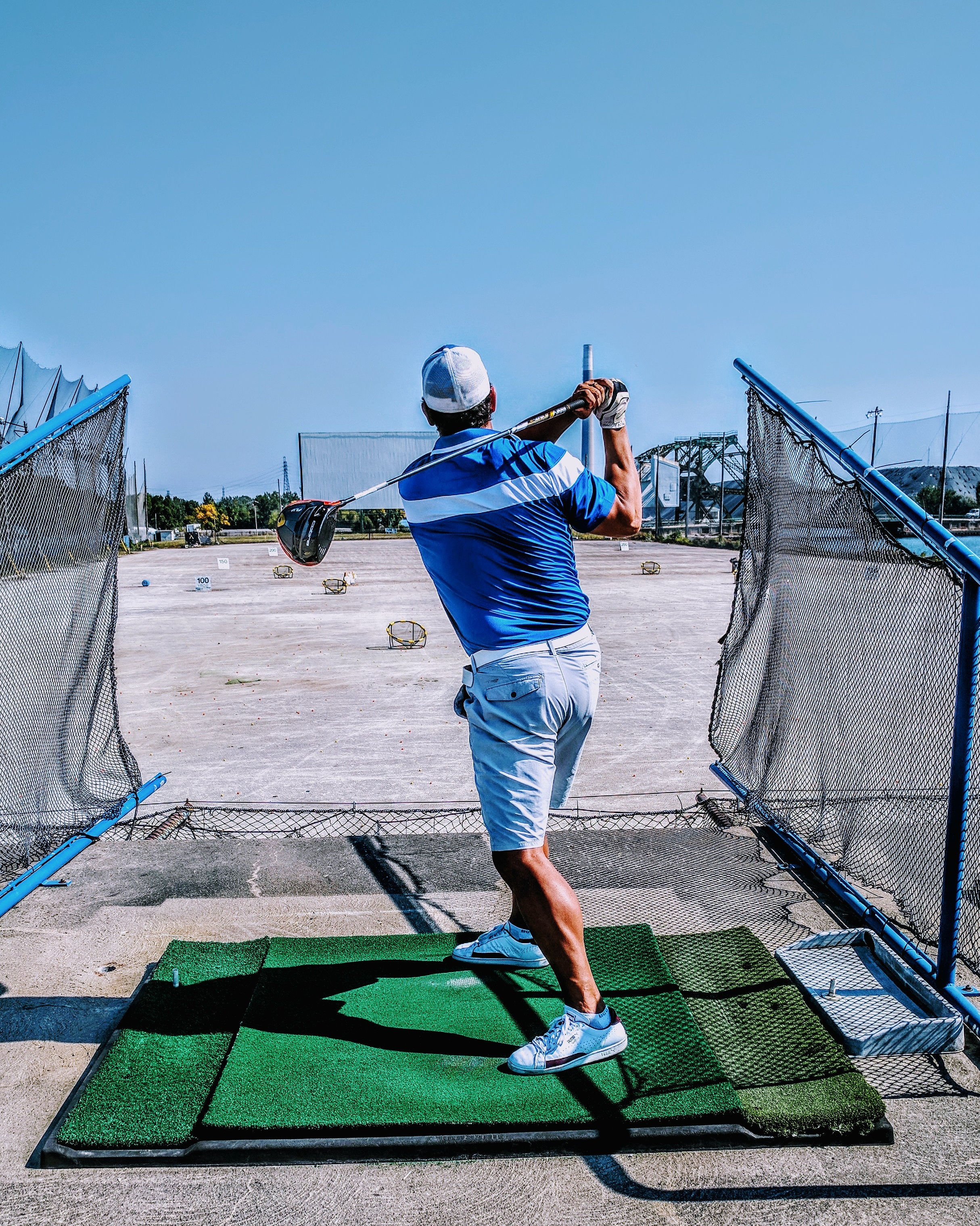The value of ongoing reviews
When I started the ongoing review format last season I wasn’t sure how effective it would be. The results were staggering to say the least. Products I originally assumed wouldn’t stand the test of time actually did. In fact I am still using some of them. I also learned that first impressions are more about personal bias, or effective marketing than actual fact. Kudos to the successful marketing departments out there.
This season has been no different. Some of my early impressions haven’t been correct, and time has shown the occasional flaw I wouldn’t have noticed in a traditional review. So after four months of testing, which is around the halfway mark for my ongoing reviews. Here are a few updates on the products I’ve been putting to the test.
Taylormade Project A Golf balls
If you would like a complete review on the Project A golf balls check my previous blog post. The ongoing review of the Taylormade Project A golf balls has come to an end because I actually began testing them last October. Simply put the Taylormade Project A isn’t for me. I’m not saying it’s a bad golf ball. Quite the contrary actually. It Spins well off the Irons, and Wedges. It is one of the best balls I’ve ever tested on the greens to putt with. Where the Project A is lacking is distance. In the simulator it constantly came up with slower ball speeds than other balls I had tested. It was obvious on the course as well where I would be short off the tee or on long approach shots. If I was a naturally long hitter than the Project A would be perfect but I’m not.
My first impressions of the Project A were great! I loved the Spin I was seeing in the simulator, and it felt so good off the Putter. It’s why I chose to do an ongoing review in the firsat place. It took a couple of months out on the course to realize that distance was going to be a serious issue for me.

Swing Caddie SC200
I can tell you that my initial impressions of the Swing Caddie SC200 were fueled by excitement for the product. First and foremost the Swing Caddie SC200 does what it’s supposed to do. It is an accurate portable launch monitor. I’ve tested it right alongside a brand new GC Hawk by foresight and it was within a yard in acuuracy. Now I will say that the accuracy was poor on total miss hits. The Swing Caddie is much better at reading swing speed and ball speed, but fails at trajectory. Of course total miss hits are easy for almost any golfer to notice so just ignore those numbers and move on. Where the Swing Caddie SC200 really shines is in the hitting bay. Hitting into a net gets boring real quick without some sort of launch monitor tech. I’ve spent up to 4 hours swinging in a hitting bay with the Swing Caddie. The more swings you take, the more data it compiles. This is a feature I wasn’t originally interested in, but have come to rely on as the season progresses. The SC200 tracks your average swing distance with each club. As you improve the numbers will improve. You will also become aware of weaknesses in your game that you maybe weren’t aware of.
There have been a few flaws with the Swing Caddie SC200 that you should be aware of. The SC200 needs to be positioned on a surface that’s level with the hitting surface. Sounds simple but it can be a pain at times. Most of the Ranges in Canada only have mats to hit off of early in the season. This means that I have to bring something for the Swing Caddie to sit on in order to raise it up to the correct level. If it isn’t just right it can provide you with incorrect distances. The remote that comes with it is relatively easy to use, but I have found myself having to be within a foot of the screen to get it to work sometimes. Otherwise I have enjoyed my time with the Swing Caddie SC200 thus far.

Arccos 360
The Arccos 360 Golf Performance Tracking system might be the product we were most excited to test. Manny a Cobe Life contributor installed it on to his complete set of clubs, and we couldn’t wait to see how it worked.
The first impressions were poor because 4 of the sensors that came with the kit were faulty. Fortunately Arccos replaced them quickly through their customer service department. Out on the course the Arccos 360 system does what it’s supposed to do most of the time. You need to keep monitoring what the Arccos 360 system is successfully registering. Now at first we thought it was entirely the Arccos 360 system’s fault but there is a certain amount of user error you should be aware of. We noticed after a few rounds that some of the shots weren’t being recorded. Well the Arccos 360 system doesn’t know when you’ve duffed one. If you completely flub a shot and end up walking only a few feet forward to take your next shot. The Arccos 360 assumes the previous shot was just a practice swing. Even shots that you might have considered successful chips can be missed if they traveled more upwards than outwards, and your next shot is with the same club. So you need to be aware of these situations. Another habit you need to develop is remembering to hit your gimme putts. Something Manny wasn’t used to, and it’s best to hit them firmly to ensure that they register.
What we have been most impressed with is the club suggestion system when out on the course. The Arccos 360 doesn’t just suggest the appropriate club based on distance. It factors in your successful shot percentage with each club as well. In a situation where you would normally choose to hit Driver off the tee, it might suggest you choose a 4 Hybrid instead because your chances of finding the fairway are greatly increased with that club, and your approach percentages are almost the same with either your wedge or 7 iron.

Ping G SFT Driver
When it came to selecting which Driver I would be doing an ongoing review of, first impressions were important. I did some extensive testing in the simulator of a number of different Drivers before selecting the Ping G SFT.
So did I choose correctly? The jury is still out on that one. The first question on everyone’s mind is, does the Straight Flight Technology actually work? I can confidently say that it does. Will it straighten out a swing that’s way over the top with a club face totally open to path? Hell no. What it will do is make closing the club face easier, and create a sweet spot slightly closer to the heel of the club where most Beginners tend to hit it. There are times when my swing is just atrocious, and I can’t blame the club for that. When my swing is working though I’ve never hit it that straight with any other Driver.
One issue I’ve had is generating a decent smash factor to increase ball speed. Now I know that part of the issue has been the balls I was using, but even with practice balls in the simulator my Smash Factor has been relatively low. I’m sure part of it has been me, but so far the Ping G SFT does not appear to have a Hot face.

Winn JumboLite Grip
If you follow me on cobesports on Instagram then you will know how excited I was when I first tested the Winn JumboLite grip on my putting mat at home. It felt like sinking putts was going to be automatic when I hit the course. I will say that my putting has improved. It just hasn’t improved as much as I expected it would. Brand new the grip felt absolutely perfect, but after a few months it’s already lost some of it’s cushion in the hands. It’s obvious that this grip has some durability issues because already the rubber on the butt end is beginning to peel, and the grip itself is getting a touch hard in spots. For someone who golfs maybe once a month it’s fine but for an addict like myself durability is a concern. This is the first “jumbo grip” I’ve used, and I won’t be going back to regular sized grips. The next grip I choose won’t be as large, but it will be made of a more durable material. A soft grip is nice in the hands, but as the wear sets in the feel changes. That is something you don’t want to have to deal with when putting.

Acer XK Chipper
The Acer XK Chipper, or Flipper as they call it because of the increased loft didn’t impress me much out of the box. Be honest would you be impressed? First of all it’s made by Acer. This is a company known for making inexpensive computers, not golf equipment. I’d Tag them on social media but it appears as though they don’t have a golfing social media account. It’s not particularly impressive to look at, and the build quality is about as plain as can be. Still after last season I felt it was time to test a Chipper, and quite frankly I’m glad I did. Using the Acer XK took a bit of practice, but so does any new club. Once I got a feel for it, my results with it have constantly improved. Would I suggest it to anyone having troubles around the greens? Yes, a resounding yes, but it does have a few limitations.
Keep in mind that this is a $60 club so you shouldn’t expect it to be perfect. What the Acer XK lacks the most is Feel. It doesn’t have a Milled face, or a special insert that took years of R&D to design. It’s just plain old steel with 5 horizontal lines across the face. The reason I’m constantly improving with this club is because it takes a lot of use to get used to how hard you need to hit it. Correct weight is achieved through muscle memory not feel. If Spin is your goal then this isn’t the right club for you. I’ve managed to make the odd Chip check up a bit, but for the most part using a Chipper is about rolling it all the way to the hole. It’s so easy to use that I honestly don’t care if I miss the green. In fact sometimes it’s better to come up short than leave myself a long putt with lots of break. With the Acer XK chipper I can fly some of the break and leave myself an easier roll to the hole.

Ongoing Reviews are the best indication
I can tell you that if I only spent a day with some of these products my conclusions would be very different. Even a week would have yielded different results. The only reviews that genuinely inform you of a products worth are ongoing reviews. Anyone who says different is flat out lying, ignorant to the fact, or biased through marketing.


